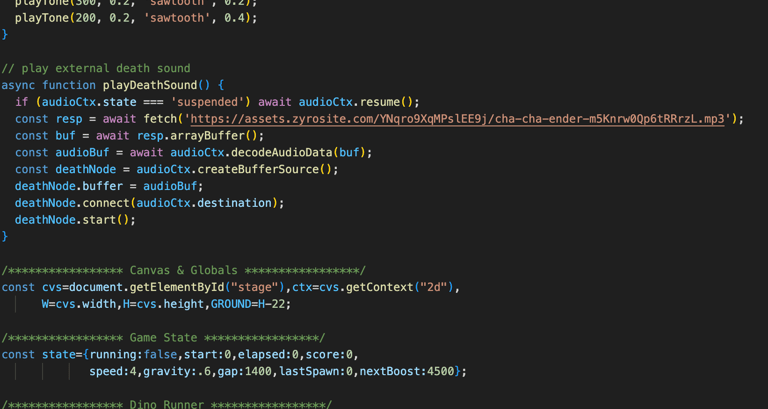Build-your-own web game with AI--JumpQuest
hit CM Arcade at caichunman.com to try it yourself
CAI CHUN MAN
7/1/20252 min read




Creating your own web game using AI involves a structured yet accessible process.
Initially, you should clearly define your game’s concept, focusing on an engaging core mechanic suited to your intended audience. For example, my game, JumpQuest—available via the CM Arcade section on caichunman.com—features a simple yet entertaining gameplay mechanic designed for broad appeal. Once your idea is clear, begin developing a basic prototype. Concentrate on core functionalities first, such as player movement and obstacle interaction, to ensure your game mechanics work effectively.
Next, enhance user engagement by introducing achievement or reward systems. In JumpQuest, desktop users can press the “F” key to access an achievement overlay, providing incentives such as in-game currency or badges. This encourages continued user interaction and enhances the overall gaming experience.
Utilize generative AI tools, such as ChatGPT (models like Gemini, O3 Pro, or O4mini-high), to significantly improve the efficiency of your design and development process. AI assistance can help you create visual assets, suggest code optimizations, and generate audio components. For asset management, a platform like Hostinger simplifies the process by offering a media library. You can upload images, audio files, or videos directly to Hostinger, which then provides publicly accessible URLs. These URLs can easily be integrated into your game code. The coding environment I recommend is Visual Studio Code (VS Code), a powerful editor that streamlines writing, testing, and debugging your game. Using extensions that integrate AI functionality, you can conveniently receive code suggestions or enhancements directly within VS Code.
Once satisfied with your final game, embed it on your website using the provided embed-code feature. Simply copy and paste your finalized code into the website builder’s embed block and publish it online. After releasing your game, gather user feedback and monitor player engagement metrics. This information will help guide further improvements, ensuring your game remains enjoyable and relevant to its audience.
By following these steps—conceptualizing clearly, prototyping quickly, integrating achievements, leveraging AI tools, effectively managing assets, testing comprehensively, and iteratively improving—you can successfully create an engaging web-based game experience for your audience.
CAICHUNMAN
Phone and email
Contact
+852 63681518
© 2025. All rights reserved.
+1(415)374-0790
hku@caichunman.com
CAICHUNMAN@caichunman.com
